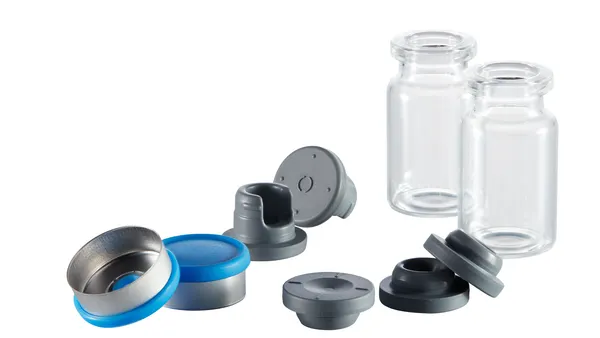Retail and specialty-lite brand teams are facing a paradox – they're drowning in data yet struggling to gain actionable insight. While manufacturers collect vast amounts of information, most are still making critical business decisions based on incomplete data sets that fail to capture the full prescription journey.
The costly data conundrum
Pharma commercialization teams typically rely heavily on claims data, which leaves significant blind spots in their understanding of the prescription journey. Despite an abundance of data, they still struggle to answer fundamental questions about their patient access strategy, such as whether they should offer more generous uncovered benefits or where exactly revenue leakage is occurring from a gross-to-net (GTN) perspective.
To secure formulary placement, pharmaceutical companies often have to offer rebates that substantially reduce their gross revenue. According to recent data, manufacturers' GTN reductions for all brand-name drugs reached $334 billion in 2023, a 10% increase from the previous year. And the issue is becoming more problematic as pharmacy benefit managers (PBMs) tighten negotiations – in 2024, at least 600 drugs were excluded from major formularies.
Critical visibility gaps across the script journey
Pharmaceutical manufacturers operate largely in the dark once prescriptions leave providers' offices. They miss any prescription not taken to the pharmacy, not enrolled in patient support programs, or substituted before processing. Pharmacists frequently substitute generics when they assume a medication isn't covered or know they'll be under-reimbursed for dispensing the branded product – all without manufacturers knowing how many prescriptions were actually written or how many patients attempted to fill them.
These blind spots directly impact business outcomes. When healthcare providers don't submit prior authorizations (PAs) because they lack support or knowledge, patient starts are delayed or prevented entirely. When pharmacies substitute due to reimbursement concerns, brand share erodes despite successful marketing efforts. And when field teams can't see which territories have PA submission issues, they waste valuable time with providers who aren't the source of stuck scripts.
Data that drives branded retail and specialty-lite success
Forward-thinking manufacturers are now focusing on gathering comprehensive metrics across the entire script journey. Rather than managing access channels based on operational "call center" metrics, they're evaluating success based on the value delivered to patients and overall brand performance.
For prescriber-level insights, tracking PA completion and drop-off rates is essential. At the plan level, monitoring approval rates, response times and denial reasons provides critical visibility. Pharmacy-level metrics reveal covered dispense rates and under-reimbursement patterns, while patient-level data illuminates program enrollment, copay utilization and adherence trends.
Key performance indicators that brands should track include:
- New script volume and access program enrollment rates
- Prior authorization (PA) submission and approval rates
- Percentage of covered dispenses versus plans on formulary
- Pharmacy reimbursement rates
- Patient refill rates
Optimizing the prescription journey for success
Retail and specialty-lite teams should be striving to:
- Maximize patient enrollment and engagement to reduce script abandonment
and improve refill adherence - Calibrate out-of-pocket cost to minimize financial burden while ensuring affordable access options for patients
- Address PA bottlenecks to increase covered dispenses
- Manage under-reimbursement issues to reduce prescription abandonment
Providing the right data insights to field teams is crucial for taking action to improve patient access and provider engagement. Territory performance data can highlight how effectively healthcare providers are clearing utilization management hurdles, allowing field teams to target their engagement strategically. For example, if a territory has an average PA submission rate of 80% but some providers are at 60-65%, sales reps can focus on educating those underperforming prescribers.
Turn your data into a strategic advantage
The pharmaceutical industry's ability to leverage comprehensive data will increasingly separate market leaders from the competition. Brands that implement end-to-end data visibility solutions gain a significant competitive advantage – not just in optimizing GTN performance, but in making informed decisions that benefit patients, providers and their bottom line.
With real-time insights into the script journey, retail and specialty-lite brand teams can quickly adapt their strategies to overcome emerging barriers, identify territories requiring additional support and adjust patient assistance programs to maximize both access and financial performance. This adaptability is crucial in a market where formulary exclusions are increasing yearly.
As we move into an era of even greater market access complexity, the most successful brands will be those that transform from reactive data collectors to proactive insight generators, bridging data gaps to ensure patients receive their medications while optimizing brand performance.
To discover how PHIL can help your retail and specialty-lite brands tap into the power of your data to drive commercial success, visit our website.










